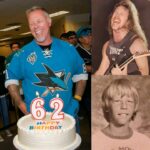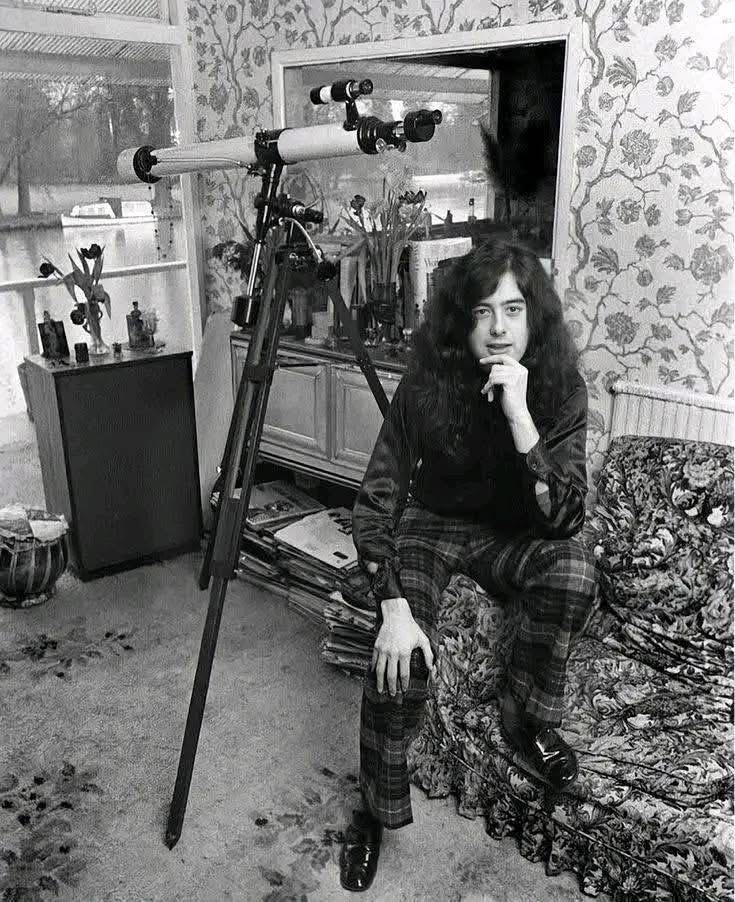Jimmy Page at his Thames riverside home in Pangbourne—a quiet, idyllic spot that somehow buzzed with raw, electric energy. The house itself, perched just above the slow-moving water, became an unlikely yet potent cradle for some of Led Zeppelin’s earliest and most iconic creations. It was here, in this unlikely sanctuary, that “Whole Lotta Love” and “What Is and What Should Never Be” began to take shape. The living room, modest but filled with atmosphere, became a rehearsal space charged with anticipation and creative fire.
“I came up with the guitar riff for ‘Whole Lotta Love’ in the summer of ’68,” Page recalled. “It was on my houseboat along the Thames, drifting in and out of thought. That riff—it came out of nowhere, but it hit hard. I’d always been drawn to those big intros by rockabilly guitarists—there was something commanding about them. But this riff, it felt different. As soon as I played it, I knew it wasn’t just an intro—it was the spine of the song.”
Weeks later, the band gathered in the Pangbourne house for early rehearsals. The room came alive when Page plugged in and let the riff rip. “The reaction was instant. Bonzo, Plant, Jones—we all felt it. It was addictive. It was almost dangerous. Like we’d stumbled onto something too good, too powerful, to just leave alone.”
That house by the Thames wasn’t just a backdrop. It was a spark. A catalyst. It gave space and energy for the band to channel something new—loud, primal, and unrelenting. In that quiet village, Led Zeppelin’s storm began to form.










